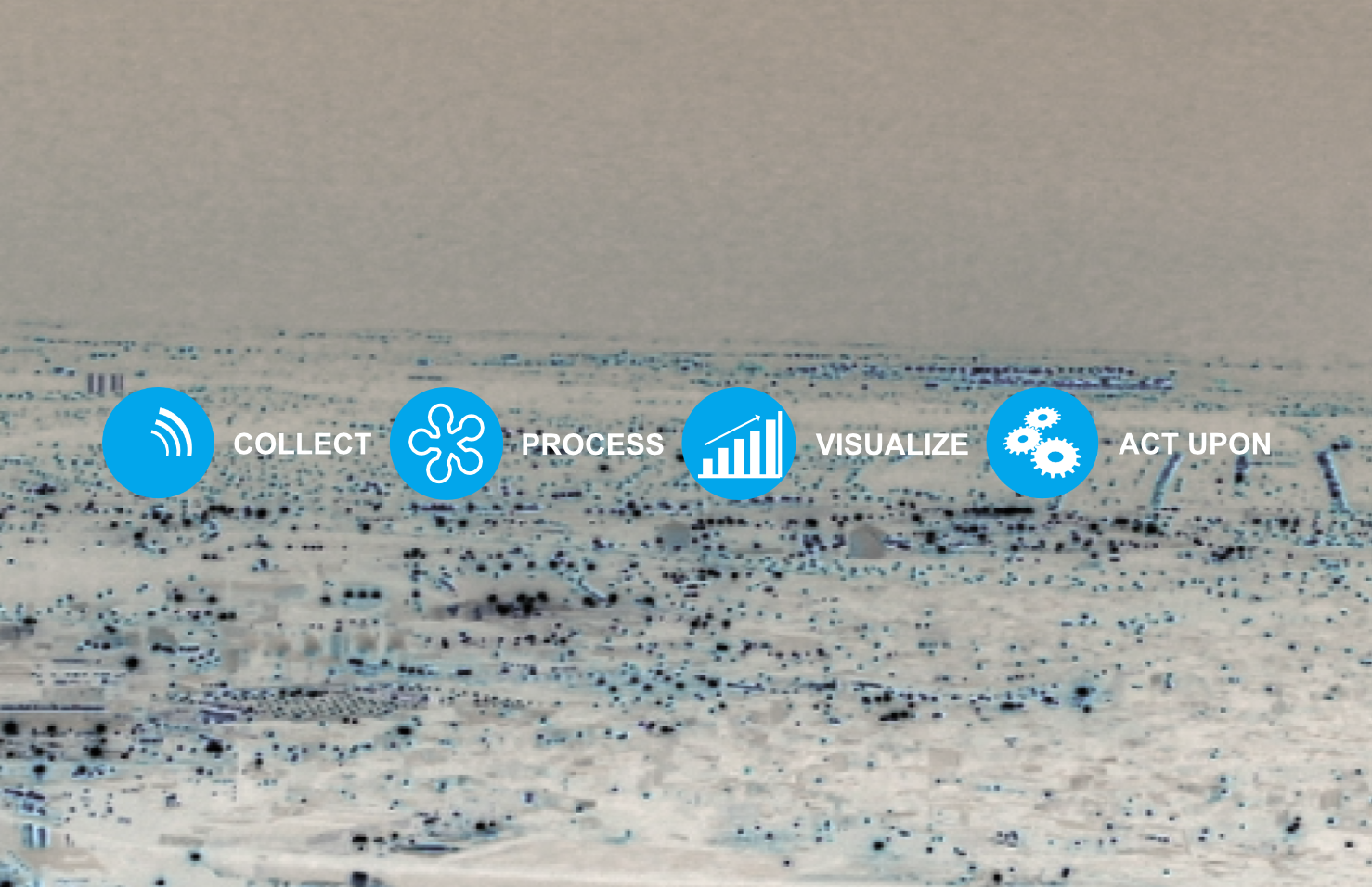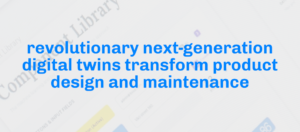Where are we today with spime, the next generation digital twins in manufacturing?
When we talk to bankers and venture capitalists, they always point out that our 90 % of monthly recurring revenue is outstanding what comes to company valuation and sustainability. It was not easy to achieve when we started BaseN in 2001 right after the telecom downturn.
Today, sustainable customer relationships are essential to enterprise value. However, most companies are still being managed with the century-old Adam Smith way, meaning that the road from capital through raw materials to the end product is one-way, and all there is to optimize is to make the process more and more efficient. Fire and Forget, as I call it. Looking at most manufacturers, the customer relationship, especially with the end customer, is superfluous at best. It’s the same whether I buy a car, expensive coffee maker or a paper machine – upon the payment, it’s my responsibility to remind the seller after some years that I might want additional services from the company.
Digital twins, and ultimately spimes, will change all this as soon as the industrial world banishes the ghosts of Smith (and Marx). It’ll all be about customer experience, product and service lifecycle and sustainability. Strong product businesses with strong balance sheet, however, will stay alive for a long time, and have time to adapt to changes.
But transformative business models are never easy. Supply chains and wholesale networks are still powerful and actors siloed purely on these areas have a lot to lose. Manufacturers usually hesitate to establish direct relationship to end customers mainly to avoid disrupting the status quo. However, competitors now have more and more disrupting technologies at their disposal, so it is not wise to wait for too long.
As a goods manufacturer today, I’d first map all my products ever delivered into a matrix which includes the end customer. Then, I’d create digital twins from each product, no matter how simple, so that when I manufacture the product, the twin is eternally carried along in my enterprise platform, recording every step of the manufacturing process and possible digital parts (software components) included.
Then, again for each product, I’d plan how to continue the data feed after I’ve delivered the product further. It may be anything from a barcode scan every month into a multi-megabit data feed with hundreds of operating parameters. The key is that no product is excluded.
When this instrumentation and tracking is in place, I’d convert the digital twins into full spimes, enabling real time changes to the end products based on AI algorithms, analyzing how the customer gets the best value out of my product. At this point, I may have already converted many of my physical goods into digital services, which just have physical components included, many times still owned by my enterprise.
Note: BaseN was listed in Gartner’s recent Digital Twin guide
With the steps above, I’m likely quite competitive again in the global marketplace, due to my real time knowledge of customer environments and use cases. Perhaps I even use the data directly in my R&D. The real deal with spimes is, however, my vastly increased understanding of the customers’ value chain, enabling me to plan how I’m going to quickly expand my service portfolio at every customer, based on their real needs and respective growth capabilities. It’s time to spime, baby
//Pasi





3 replies on “True Enterprise Value”
Hello basen.net administrator, Your posts are always well-timed and relevant.
Dear basen.net admin, You always provide helpful diagrams and illustrations.
Dear basen.net admin, Your posts are always well-supported by facts and figures.